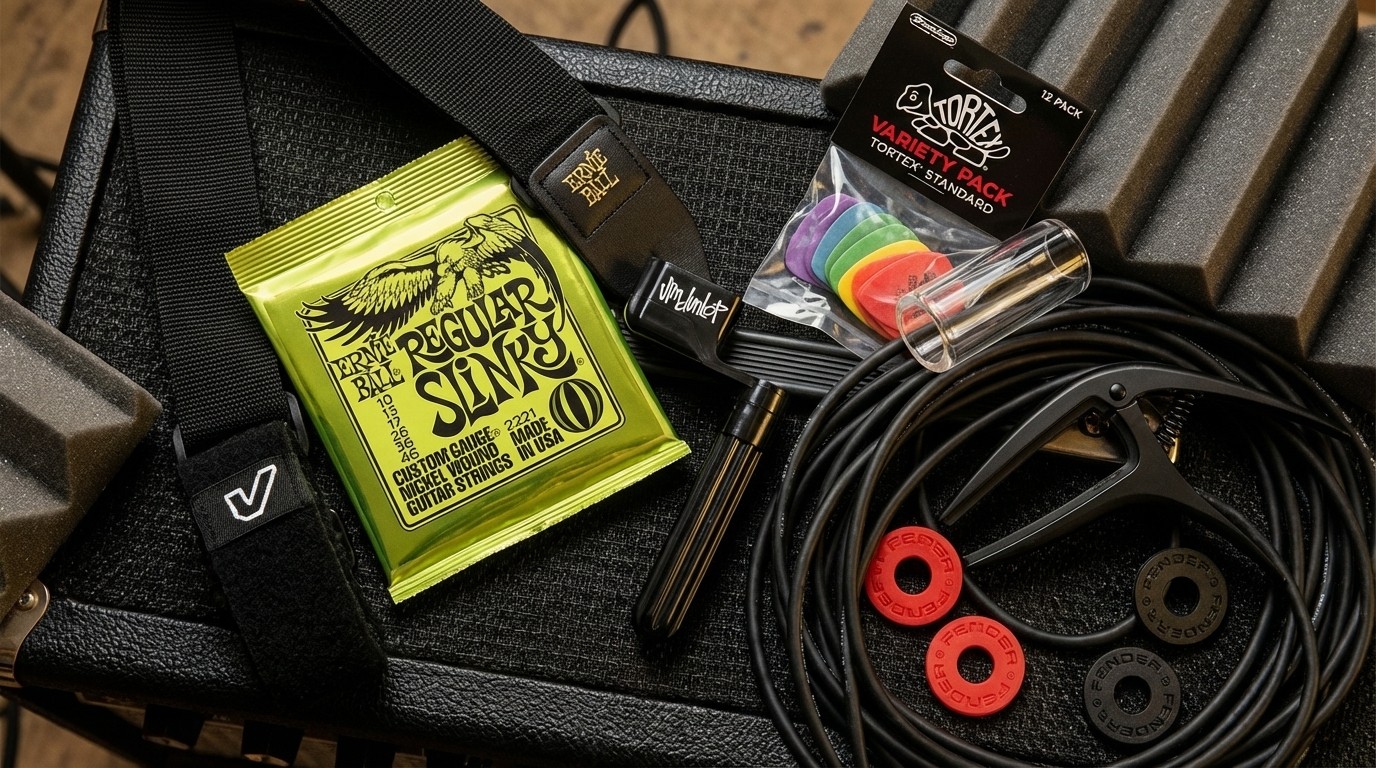Excerpt: The Who's Pete Townshend on the Writing of 'Tommy'
The following is an excerpt taken from the February 2013 issue of Guitar World. In this month's cover story, Alan di Perna takes an in-depth look at the Who's golden age. We pick up the story in 1968, when Townshend's outlook for the future of the band is bleak.
It might well have been the end of the Who had Townshend not conceived a grand plan to write a full-blown rock opera. “We were feeling quite out of touch and out of place,” he explains, “thinking, God, we’re not selling singles anymore and neither do we fit into this new psychedelic era. We’re not an experimental band like the Pink Floyd. We’re not a guitar-based blues band like Cream. We don’t have the kind of extreme genius of Hendrix. What do we do? And I started to look at composition as a big issue.”
From this impulse came Tommy, one of Townshend and the Who’s best-known and best-loved works. It was born at a time when the idea of the double album was really coming into its own in rock, owing to masterworks like Frank Zappa’s Freak Out, Bob Dylan’s Blonde on Blonde and the Beatles’ “White Album.”
But rather than simply fill up two discs with great songs as his predecessors had done, Townshend decided to use the double-album canvas to create a long-form musical narrative, a grand extension of what he’d achieved with his character-driven pop singles like “I’m a Boy” and “Happy Jack,” and mini operas like “A Quick One, While He’s Away,” in the past five or so years. He set himself the near impossible task of writing a new kind of opera, one free of classical music pretentiousness and which would function from start to finish as great, slamming rock and roll. Amazingly, he succeeded.
Tommy possesses essentially three musical elements. First, there are songs that move the plot forward. Second, there are songs that stand out on their own and function apart from the work—killer hit singles like “Pinball Wizard” and “I’m Free” are the pop equivalent of operatic arias, unforgettable tunes that are concert favorites outside of their original dramatic context.
Third, Tommy contains some of Townshend’s best instrumental compositions, the majestic “Overture” that ingeniously links the album’s key melodic themes before resolving into a bluesy flat-picked acoustic guitar improvisation, and the “Underture,” which is derived largely from the storm sequence in “Rael” (Townshend’s second mini opera from the late 1967 album The Who Sell Out).
Townshend has never been averse to recycling musical ideas. The lyrical theme “It’s a boy, Mrs. Walker,” originally appeared in an earlier song called “Glow Girl,” only in that tune the line was, “It’s a girl, Mrs. Walker.” Modularity is one great lesson to be derived from Townshend’s compositional process: great songs are made up of parts that can be interchanged readily.
All the latest guitar news, interviews, lessons, reviews, deals and more, direct to your inbox!
“I was very, very meticulous about making sure that the composition and the harmonics were very structured and clean,” Townshend says of Tommy.
“It was the first cohesive piece in which I used a lot of piano for the writing. It was the first time that I’d really started to be confident that I could play the piano. I probably would have been voicing guitar to piano chords for the first time in a big way. ‘Pinball Wizard’ was written on the guitar, but ‘Amazing Journey’ was written on the piano. ‘I’m Free’ was written on a Lowery organ and the guitar voiced afterward. ‘Sally Simpson’ was written on guitar, but a lot of the stuff was actually written on keyboards, and the guitars came afterward. So I think a lot of care went into the way I was trying to use a guitar to reinforce what I had on piano.”
For the full story — plus features on Neil Young & Crazy Horse, Converge, Smashing Pumpkins and more — pick up the February 2013 issue of Guitar World on newsstands now, or in our online store.
In a career that spans five decades, Alan di Perna has written for pretty much every magazine in the world with the word “guitar” in its title, as well as other prestigious outlets such as Rolling Stone, Billboard, Creem, Player, Classic Rock, Musician, Future Music, Keyboard, grammy.com and reverb.com. He is author of Guitar Masters: Intimate Portraits, Green Day: The Ultimate Unauthorized History and co-author of Play It Loud: An Epic History of the Sound Style and Revolution of the Electric Guitar. The latter became the inspiration for the Metropolitan Museum of Art/Rock and Roll Hall of Fame exhibition “Play It Loud: Instruments of Rock and Roll.” As a professional guitarist/keyboardist/multi-instrumentalist, Alan has worked with recording artists Brianna Lea Pruett, Fawn Wood, Brenda McMorrow, Sat Kartar and Shox Lumania.

